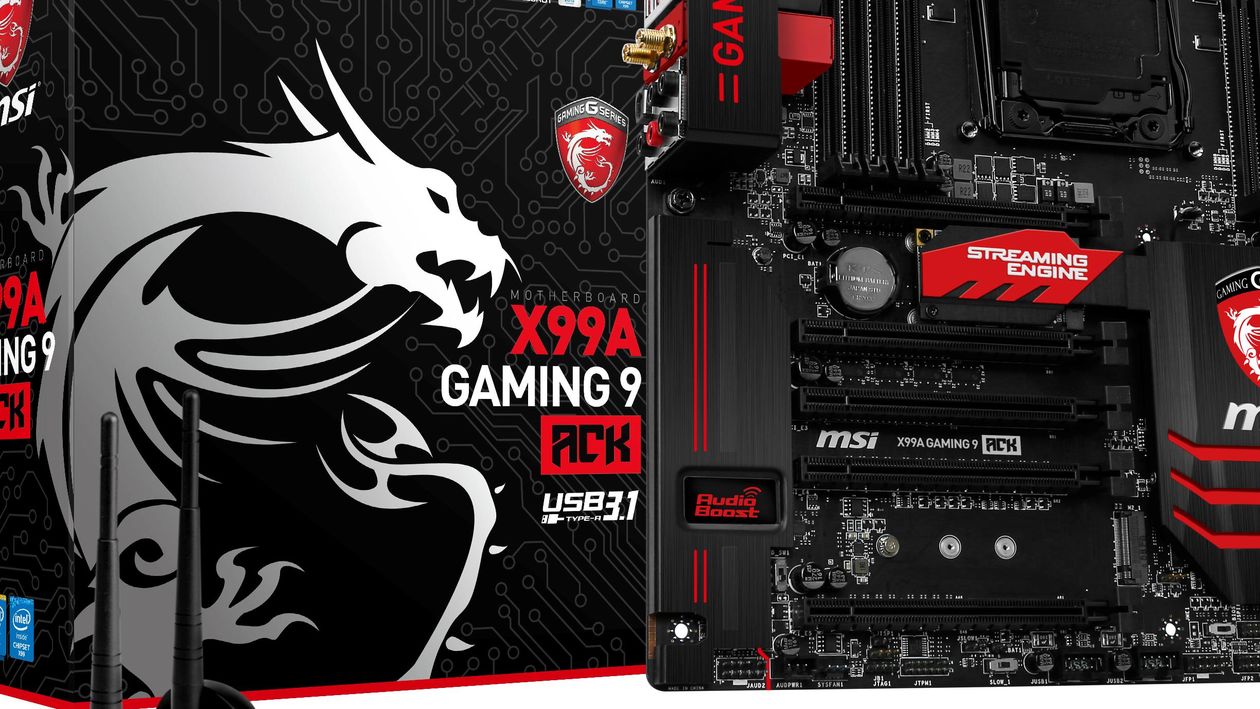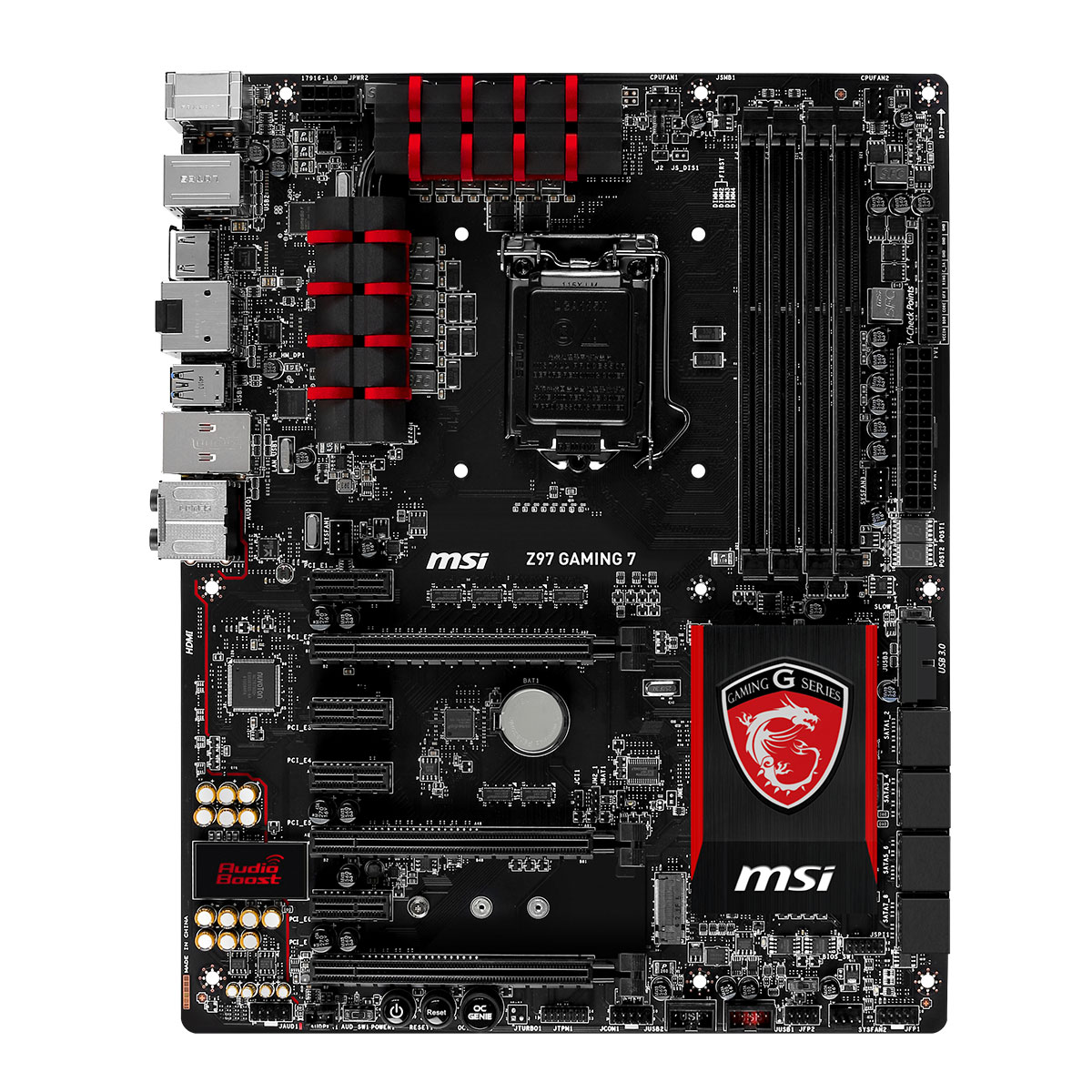

#Virtualization with msi z97 gaming 7 Pc#
MSI has designed a custom chassis which is going to stick loyal to the M-ITX design and feature components which are built to deliver absolute PC Gaming performance to the masses who have come in love with the Mini-ITX designs. Even ASRock launched their own M8 Mini-ITX Gaming which includes a Mini-ITX Z97 or Z87 board with several options to upgrade. Earlier this year, MSI, one of the largest and renowned hardware manufacturer unveiled their Nightblade Barebone gaming systems. When it comes to the industry's top motherboard and graphics card making companies, ASUS went with their slim ROG G-Series gaming PCs in the Mini-ITX scape while Gigabyte went route with Intel and launched their own NUC sized Brix gaming PCs. With NGFF SSDs becoming the norm since the start of the Z97 era, compact systems have become, more compact. While the NUC is not considered a Mini ITX PC, its still a part of the PC ecosystem that aims to provide performance in a small form factor. There are several companies who are offering their own small form factor PCs, Valve and their several PC partners (iBuyPower, CyberPowerPC, Dell, etc) are one thing but Intel has also made a small form factor platform known as the NUC which we reviewed back in 2012 is built on the same promise of delivering a compact yet user friendly and powerful system that can be compared to an average PC.

The DIY market is just one end of this process, this brings us to the OEM manufactures which is the product we are testing today. The PC tower market is strong as ever but these new options open room for more consumers in the DIY market. This doesn't necessarily means that the towers will stop selling well compared to the new M-ITX offerings. The cooling industry has also seen a switch from the traditional air coolers to AIO liquid coolers which take less space inside the PC chassis and deliver better cooling performance. This has once again led in a boom in the Mini-ITX industry with manufacturer's like Bitfenix and Corsair making new improved case designs for the form factor. The Mini-ITX boards which had to be skimmed down for the small form factor are now retaining the entire high-end feature set of their ATX sized brothers while the processors have become more power conservative through adopting smaller node designs. Time has been changed, and the reason we are once again seeing an influx of systems in the Mini-ITX market is because the PC hardware has evolved over the time and we are seeing brilliant new hardware technologies in the industry.

#Virtualization with msi z97 gaming 7 full#
Long before Valve, several manufacturers did try to please the enthusiast audience with their own Mini-ITX brand but it didn't worked out as well since the top tier community always prefers the large E-ATX sized boards and full tower cases so that they get the full feature set of a specific platform and the ability to get better temperatures and cooling as their preferences. However, Valve isn't the only one who has entered the market. The Steam Machines are planned for launch in 2015 and will be available in several Mini-ITX and low profile PC systems that were unveiled at CES this year. Even Valve, a name renowned by all of the PC Gaming community have entered the hardware industry with their own Steam machines which bundled with their Steam OS would integrate useful features and hassle-less gaming so that the users spend less time to figure out how the game works and get to play the game itself as soon as it's installed. We are looking at a trend of ITX gaming which has taken over the tower as the choice of gamers and the demand is constantly increasing. The PC form factor is constantly evolving, from what once used to be towered desktops have now evolved into small form factor devices and PCs. Today, we have a very special product for review from MSI (Micro Star International) which is aimed towards the gaming community.


 0 kommentar(er)
0 kommentar(er)
